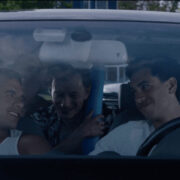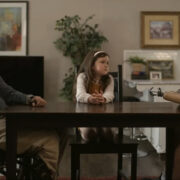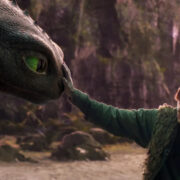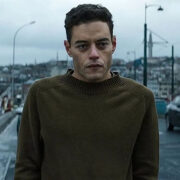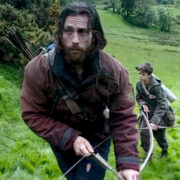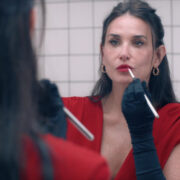15 Snow Bound Westerns
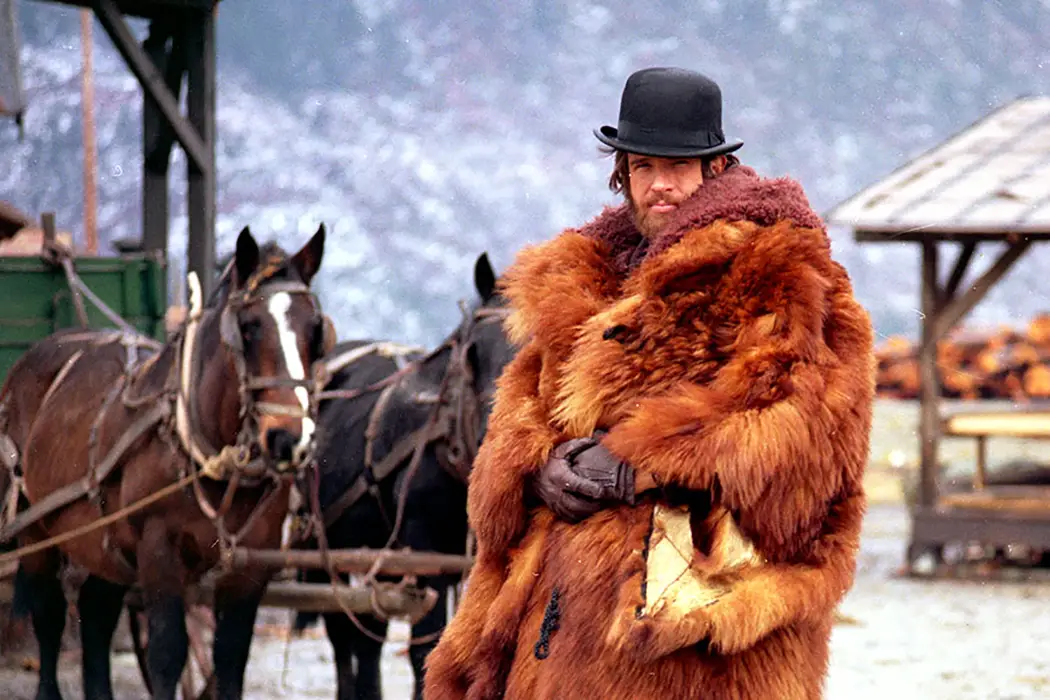
Massive film lover. Whether it's classic, contemporary, foreign, domestic, art,…
Westerns are brilliant because, like all great genres, they possess a wealth of contrast; while we often associate westerns with the vast vistas of Monument Valley, sun-baked plateaus, dry, dusty saloons, watering holes, and sweaty brows, there’s also a bevy of gunslingers that traverse the frontiers while it’s caked in the atmospheric beauty of white snow.
15. The Hateful Eight (2015, Quentin Tarantino)

Everyone seems to have a varying opinion on Tarantino’s follow-up to Django Unchained; while some were put off by the director’s comparatively consolidated and stagey Western, others (including yours truly) loved the film for those aforementioned reasons and more. While his movies often make headlines for the excessive violence and vulgarity, one of the distinctions that make The Hateful Eight so daring is that Tarantino took a snowy interior for the film’s setting. Utilizing 70mm to create a secluded cabin of people look, and feel epic; of course, there’s a bounty of mayhem and gore too, after all, it is Quentin Tarantino.
If you ever wondered what an Agatha Christie story would look like as an ultra-violent western here you are. Most importantly, though, is that elements, a major contender in the genre, play the motivating factor in the film. What could bring these disparate, or ‘hateful’ individuals under the same roof? Sure, there’s plot machinations and story beat, but most importantly the snow is what put them there, and the snow is the reason why they’ll stay. But these films excel in atmosphere; while Tarantino is often toted for his style, The Hateful Eight is brimming with atmosphere, isolation, entrapment, and desolation to make the brutal bloodshed somewhat beautiful.
14. Track of the Cat (1954, William A. Wellman)
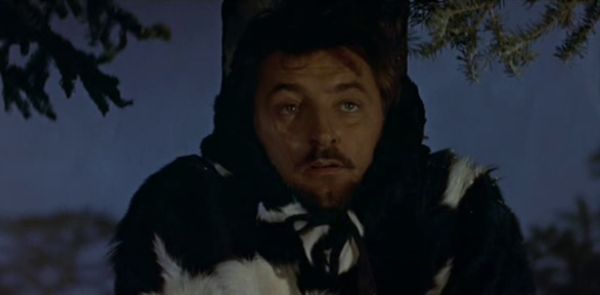
A snowbound western that has the tonal atmosphere of a horror film is loaded with suspense and mood, it’s almost a wonder that a project this offbeat would attract such a roster of A-listers in front of and behind the camera. It’s helmed by legendary Wild Bill Wellman himself, and featuring Robert Mitchum (who is at his malevolent best) Diana Lyn, Tab Hunter, and Teresa Wright. The elements are whooshing with a constant onslaught of snow, the wind is whipping, and a mostly unseen panther (or as Mitchum calls it a “panter”) is killing all the livestock.
But there’s a lot of interiority to The Track of the Cat, as the complicated family dynamics are equally as dangerous as the weather and the malevolent titular feline. Leaps and bounds before its time, this is probably one of the headiest westerns from the era.
13. McCabe & Mrs. Miller (1971, Robert Altman)
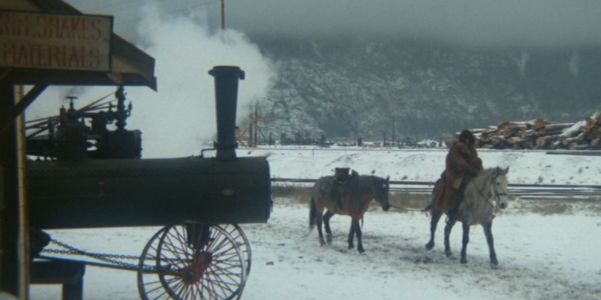
Like many of Robert Altman’s films, McCabe & Mrs. Miller wasn’t appreciated in its day and is now hailed as a classic, game-changing titl. In the diverse world of revisionist westerns, this title is one of the most referenced. Altman simply applied some historical relevance to his narrative, the screen is filled with scruffy looking people, the interiors are musty and dark, and instead of the usual Tombstone clone set that could be any stock studio backdrop, the setting is a muddy, and desolate little town of Presbyterian Church in the chilly woods of Washington.
The cold climate is more than a stylistic flourish, but a driving contrast in a movie dedicated to reinterpretation. McCabe & Mrs. Miller is so effectively rendered it wields transportative quality. Westerns really haven’t looked or felt the same since, and without Altman‘s contribution we wouldn’t have shows like Deadwood, Hell on Wheels, or movies in the style of The Assassination of Jesse James By the Coward Robert Ford.
12. The Great Silence (1968, Sergio Corbucci)

When you say “Italian Westerns,” the first name that comes to mind is Sergio Leone, but of the three Sergio’s after Leone, Sollima, there’s the murky darkness of Sergio Corbucci. Unlike the operatic vistas of Leone’s west, Corbucci opted for a more dark and gritty world replete with unscrupulous gunslingers, and heavy utilization of political allegories and religious icons. If you thought Clint Eastwood embodied the stoic anti-hero, The Great Silence one-ups this trope with a mute protagonist played by Jean Louis-Trintignant, against a sadistic band of ruthless bounty hunters led by the sadistic Klaus Kinski.
The film is a bleak and at times desperate western where moral codes and values have no place. Kill or be killed is the name of the game in Corbucci’s laconic world, and if that isn’t cold enough, the film is an icy hellscape.
11. Ravenous (1999, Antonia Bird)

Bone Tomahawk might have the capital on recent horror westerns, but before Craig Zahler’s brutal masterpiece Antonia Bird’s lovingly weird contribution to the western, Ravenous, brought macabre cannibalism dark humor, and some cold weather. The film might be a small masterpiece. Armed with a killer cast, the film (Guy Pearce, Robert Carlyle, David Arquette, Jeremy Davies, Neil Mcdonough, and Jeffrey Jones) balances the conventions of mythic Americana with the macabre while gleefully embracing the remote Sierra Nevada locale. Ravenous is a twisted little side chapter in the lengthy evolution of the modern western that is too fun to pass up and too warped to forget.
10. The Dark Valley (2014, Andreas Prochaska)

One of the most surprising entries featured here is an Austrian/German revisionist western that knows what machinations of the genre to embrace and which ones to tweak. Set in the Austrian Alps, an enigmatic, black-clad stranger rides into town; he’s a man of few words, and is there for something, but what?
The Dark Valley plays on the “magnificent stranger” trope and builds to a brilliant and violent climax that’s all the more exciting because it’s so far from anything we’ve ever seen in the genre. We don’t associate western Europe with the western genre, but Andreas Prochaska knows how to spin a gripping and original tale. The Dark Valley is a punchy and original exciting title that’s unlike anything out there.
9. The Assassination of Jesse James by the Coward Robert Ford (2007, Andrew Dominik)
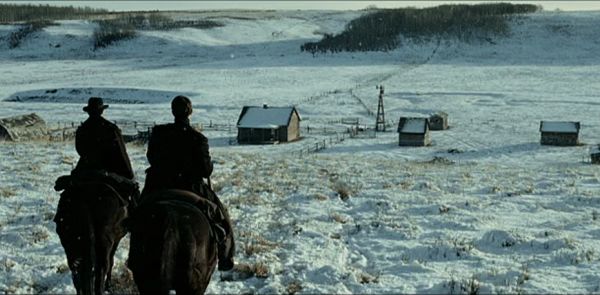
A brilliant conception of the mythic American west depicts the famed outlaw as a brooding, unstable loner and the man who would be his companion turned assassin a quease inducing groupie whos unhealthy fixation with James grew into something far more sinister. Andrew Dominik’s direction is on the forefront alongside the ensemble cast; Brad Pitt, Casey Affleck, Mary-Louise Parker, Sam Rockwell, Jeremy Renner, Garret Dillahunt, Sam Shepard, Paul Schneider (to name a few), but Roger Deakins’ Oscar-nominated cinematography makes this moody reimagining an unforgettable epic that has the pace of a dreamy, snowy folk tale.
8. Wind River (2017, Tye Sheridan)

Tye Sheridan’s 2017 Wind River is a lot of things; it’s a suspenseful action film, procedural part murder mystery, but at the end of the day, it’s a very well-made western. The contemporary stylistic flourishes might make you think otherwise, but the film’s exploration of indigenous culture, the relationship between people and the immensity of nature, while Jeremy Renner typifies the classic lone gunman trope; Wind River has “western” written all over it. Its message is a bit, but Wind River plays like a modern Jack London story with a lot of realistic, procedural gunplay.
7. The Revenant (2015, Alejandro González Iñárritu)

The Revenant is an odd film, in terms of its production, release, and reputation; it’s like the arthouse equivalent to Avatar. A follow-up title from a best picture-winning director with a highly publicized large scale production with an ecological plot involving indigenous cultures that earned a lot of awards attention, then kind of dropped off the planet.
If you look past all the buzz that followed The Revenant, what you have is a technically engaging and brilliant looking western steeped in a chilling environment from a unique perspective. The climate is a significant factor in the film’s exploration of revenge and survival, and it feels authentic even if it is a little overblown. Best watched during the nastiest of winter days; though the bear fight hasn’t aged well.
6. Jeremiah Johnson (1972, Sydney Pollack)

Sometimes revision is the key to re-imagining a genre, other times you need good old fashioned classic storytelling, clean-cut direction, and a solid lead performer. Sydney Pollack’s Jeremiah Johnson is a rightful classic, Robert Redford perfectly embodies the role, and the utilization of the Utah territory makes this homespun tale feel all the more authentic.
You can either read the story as a testament to the rugged spirit of individualism, an answer to the countercultural tenor that raised the careers of its makers, or a simple story of a guy in the wild. Jeremiah Johnson is a timeless classic.
5. Ride the High Country (1962, Sam Peckinpah)
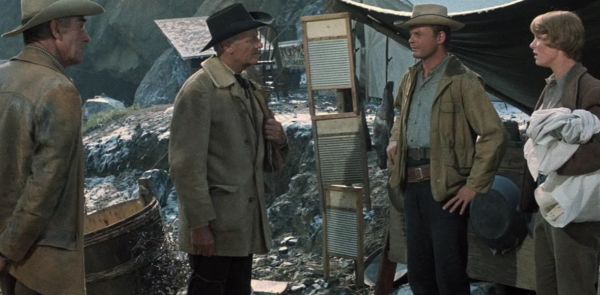
Sam Peckinpah’s earlier feature might not have the wanton bloodshed that would earn him the name “Bloody Sam” but is his most lyrical and stands arguably as his most exceptional work. While it might not be entirely snow-covered, Sam Peckinpah takes the film’s central action to the white-capped mountains of California’s Inyo National Park, and his affinity for the genre bleeds into everything else in the movie, rendering the elements, habitat, and story of duty and morality play out with the strident confidence that put Peckinpah on the map.
While it might seem tame compared to the director’s other works, Ride the High Country is essential viewing that’s equally beautiful as it is thrilling.
4. Day of the Outlaw (1959, André de Toth)
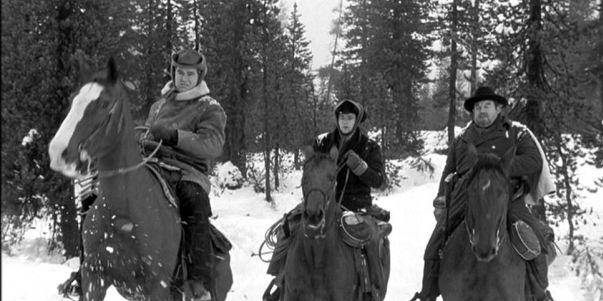
Quentin Tarantino often cites his affection for spaghetti westerns, samurai flicks and chop-socky movies, but I’m shocked that Andre de Toth’s Day of the Outlaw didn’t come up in his many discussions revolving The Hateful Eight. A gang of outlaws holds up in a remote town to house their wounded comrades during a snowstorm, of course, the tensions rise and mount in this somewhat stagey turn. Blunt, psychological, and darkly violent, Day of the Outlaw is a brilliant and moody film that feels as self-reflexive as it is transgressive. Robert Ryan is excellent, and Burl Ives is equally captivating as a sadistic gang leader.
3. The Tall Men (1955, Raoul Walsh)
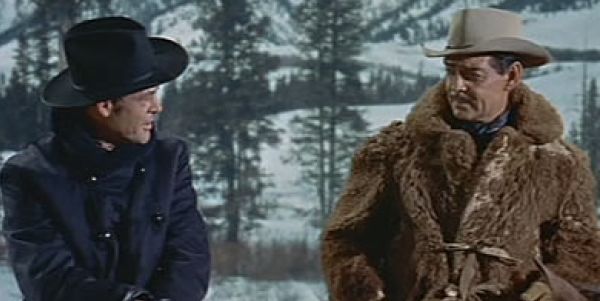
Raoul Walsh directed a lot of great Hollywood classics, and The Tall Men is not one of them. While it stands out for being a mark off the path for fifties era westerns given its remove from the usual backdrop of dusty saloons and border towns; unfortunately, The Tall Men doesn’t have much going for it aside from a contrasting climate. Clark Gable, Jane Russell, and Robert Ryan seem bored, and the story moves at a crawl because this film is a classic case of an overstuffed studio product from the mid fifties.
2. Seraphim Falls (2006, David Von Ancken)
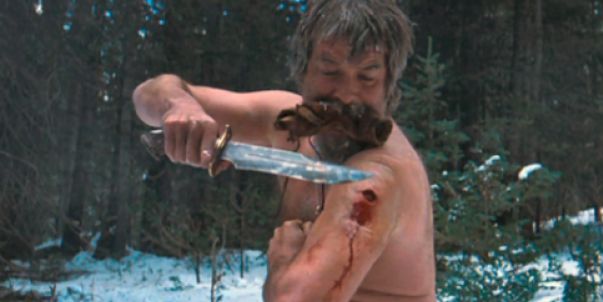
If you look at the cover of Seraphim Falls, you might think this is another direct-to-video/streaming western that somehow managed to attract some talent, but don’t be fooled, this revenge tale featuring two European stars rattling sabers is actually well-made revenge turned cat-and-mouse thriller. Liam Neeson plays a former Confederate officer who, with a small posse is ruthlessly hunting down Gideon (Bronson), a seemingly innocent man through the desolate snowy regions of the Ruby Mountains.
The morality play that ensues is anchored by two unexpectedly convincing performances in a film that wears its revisionist brand with pride. Look out for a cameo from Anjelica Huston!
1. Cut-Throats Nine (1972, Joaquín Luis Romero Marchent)
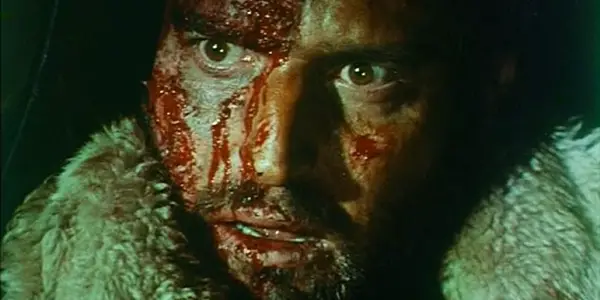
An offbeat Euro-pudding western that’s probably one of the most brutal from its period. A wagon full of convicts is being escorted by the cavalry but matter comes to a head when a bungled band of bandits attack, setting a load of sadistic criminals to survive at the hands of an apprehensive sergeant who is trying desperately to figure which of these low lives is responsible for the rape/murder of his wife.
Of course, they must survive in the remote climate, and the ensuing action is unrelentingly brutal. At times Cut-Throats Nine feels closer to a splatter flick than a western, but that’s also what makes it brilliant, if sometimes unpleasant. Not for the faint of heart but those who like their share of bloodshed have a head start.
Conclusion
It’s not like putting a western in a snowy climate can lead the film down an entirely different path, but in the right hands, these movies have potential to be standout entries in a genre that is often in short praise for artful credit.
What are some other types of movies that are boosted by different climates?
Does content like this matter to you?
Become a Member and support film journalism. Unlock access to all of Film Inquiry`s great articles. Join a community of like-minded readers who are passionate about cinema - get access to our private members Network, give back to independent filmmakers, and more.
Massive film lover. Whether it's classic, contemporary, foreign, domestic, art, or entertainment; movies of every kind have something to say. And there is something to say about every movie.



